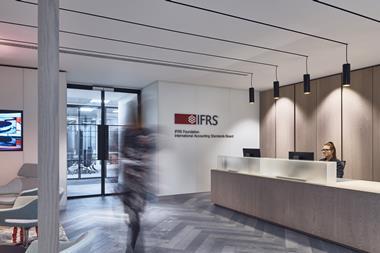The Institutional Investors Group on Climate Change (IIGCC) has launched net zero guidance on infrastructure for investors, taking the total number of asset classes covered by the Net Zero Investment Framework (NZIF) to five.
Developed by IIGCC with support of network partners Asia Investor Group on Climate Change (AIGCC) and Investor Group on Climate Change (IGCC), the guidance provides advice for investors on aligning and managing infrastructure portfolios with the goal of achieving global net zero emissions by 2050 or sooner.
The guidance, which was released for consultation in June 2022, has already been used in target setting as part of the Net Zero Asset Managers (NZAM) initiative by notable infrastructure investors including DIF Capital Partners.
Beyond these early adopters, asset owners and asset managers that are signatories to Paris Aligned Asset Owners and NZAM initiatives are encouraged to use this methodology to meet the requirements of these net zero commitment initiatives, IIGCC stated.
Stephanie Pfeifer, IIGCC’s chief executive officer, said: “The new infrastructure guidance will be extremely valuable to those investors with net zero commitments and who have exposure to the asset class. That a number of investors who have set net zero targets have decided to follow the guidance is a positive sign and we look forward to seeing many more taking similar decisions.”
She added: “We know that decarbonising infrastructure globally will be vital if we are to deliver net zero and that within this context investors have a pivotal role to play, not least owing to the level of investment held in the asset class.”
The guidance includes several different ways for investors to set targets for their infrastructure assets, so that it is useful for both multi-asset and specialist infrastructure investors. these include:
- assessing asset alignment based on six criteria including the timeframe of aligning an asset with net zero, whether targets cover all scopes of emissions and how this will be addressed via a comprehensive decarbonisation strategy;
- setting portfolio coverage targets and indicating how the % of asset under management aligned towards the goal of net zero will increase over time;
- actions to increase alignment of portfolio with net zero goals, covering engagement and stewardship which includes the recommendation that 100% of carbon-based energy and transport infrastructure assets should immediately be the subject of engagement, or management interventions.
Second phase of PCRAM
In addition to launching the new infrastructure guidance, IIGCC also also announced it will lead the second phase of the development of the Physical Climate Risk Assessment Methodology (PCRAM).
PCRAM was formally launched in September 2022 by Mott MacDonald and the Coalition for Climate Resilient Investment (CCRI). Its methodology aims to give infrastructure owners and operators the means to evaluate physical climate risks to infrastructure and analyse their long-term impact on asset performance.
The methodology has been tested by Mott MacDonald on five real world infrastructure assets, with the results showing physical climate risks creating ‘valuation risk’ owing to higher project capital costs and variance in operational cashflows.
Pfeifer said: “Ultimately, it’s critical that our infrastructure, including roads, energy systems and cities, not only support a net zero transition but are also resilient to floods, heat and other physical impacts of climate change that are going to increase.”
The latest digital edition of IPE’s magazine is now available












No comments yet